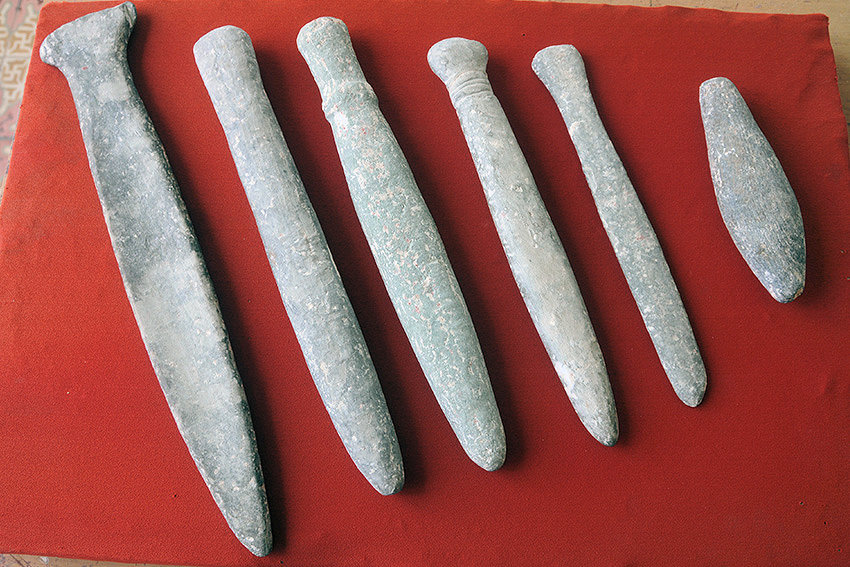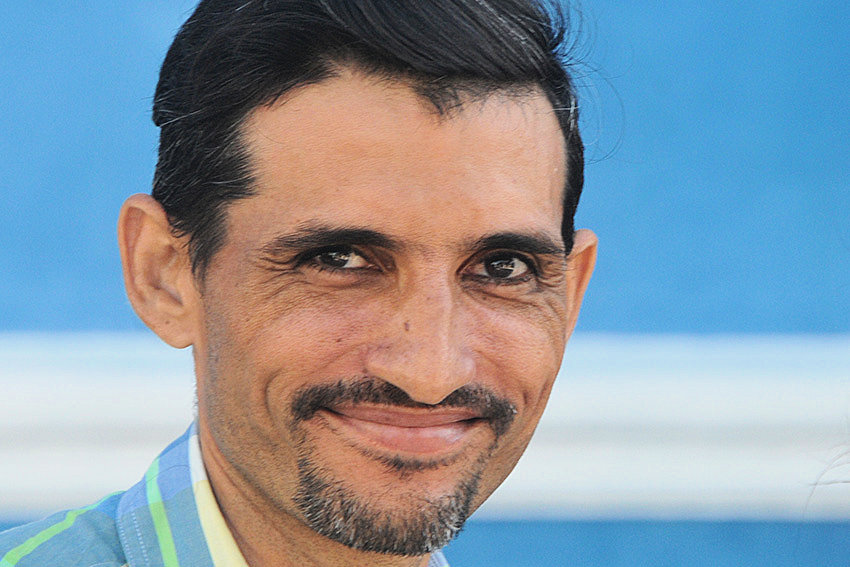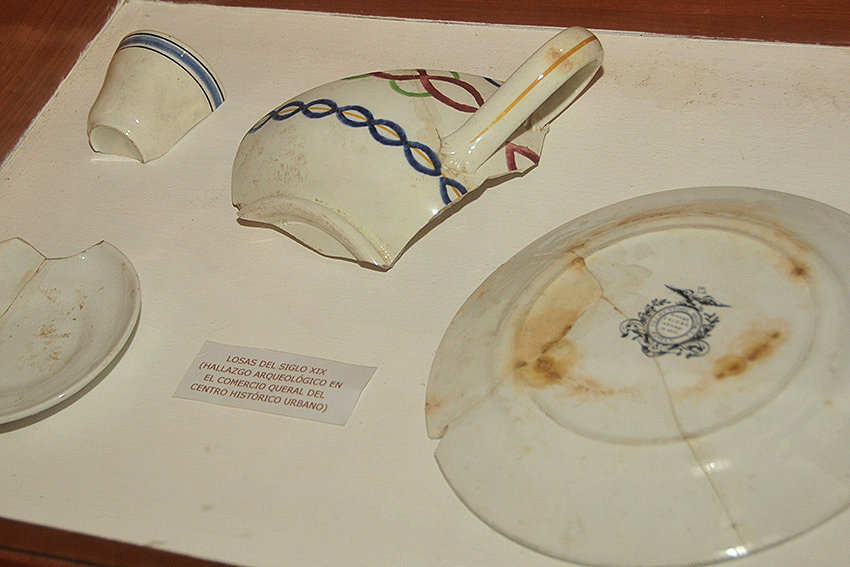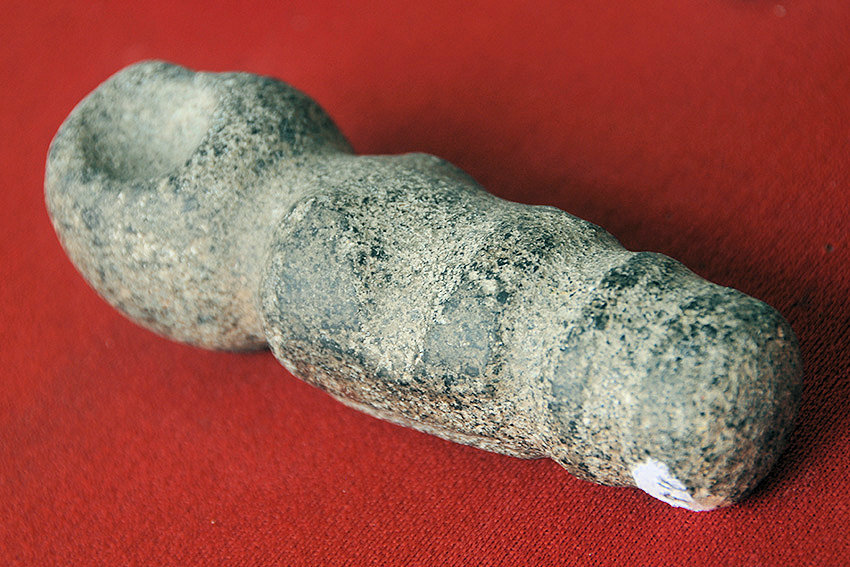
Aliec Justo Bosh, a young specialist at the Fernando García Grave de Peralta Museum in Puerto Padre, confessed to 26 that he is passionate about archaeology.
"The work we are doing now focuses on promoting the collections, advancing in small research projects, and insisting on the need to protect the archaeological sites identified in the territory."
And that, which is easy to say, is no mean feat. "In Puerto Padre, we have 45 inventoried aboriginal archaeological sites. Other colonial-historic sites are not yet included in this register, including 27 coastal, 3 intermediate, and 15 Mediterranean sites -of the latter seven are of Spanish-Aboriginal contact."
 "Many of these sites remain in a poor state of preservation and subject to constant disturbance because they are, for example, in cane fields, cultivated areas and, as the land is plowed to sow at a depth of about 40 centimeters, the first layers of the surface are damaged and the information is lost as the sediment is moved."
"Many of these sites remain in a poor state of preservation and subject to constant disturbance because they are, for example, in cane fields, cultivated areas and, as the land is plowed to sow at a depth of about 40 centimeters, the first layers of the surface are damaged and the information is lost as the sediment is moved."
"In places like "María Luisa," which is a site of Hispanic contact adjacent to Maniabón, there is considerable damage; and in Maniabón II itself, close to the Secundaria Básica, there is a private cultivated area where people go to do their treasure hunts, trying to find valuable objects on their own, a place that has been exposed to plowing for years, and it is a pity because that is where the Spanish Army's regular clinic was located."
In Cuba, there is no academic specialty for the training of specialists in archaeology, and everything depends on postgraduate courses and is concentrated in the country's capital; indeed, these options have been halted due to the COVID-19 pandemic, with no concrete date for their resumption. Nor is the volunteer movement, which has contributed so much to Cuban archaeological discoveries, at its best.
In Las Tunas, the work of Ramón Garrido Padilla, one of those enthusiasts who in 1980 founded the Maniabón Group, four years later the Atabex-Maniabón Group and joined the Canoe Expedition from the Amazon to the Caribbean (1986), led by Dr Antonio Núñez Jiménez, with boundless passion, is remembered with pride.
With his death in 2010, the work has been somewhat suspended and, unfortunately, a similar panorama survives in almost the entire country, where amateur groups are dwindling for various reasons and professionals do not reach the classrooms to continue the journey.
Fortunately, the new Heritage Law imposes rigor on the conservation of these sites and, clinging to that, are the hopes of enthusiasts like Aliec. Although they know that the process of penalties and sanctions needs to be implemented wisely, and that is what they are working on, paying attention to how each of the municipalities implements this blessed mechanism, which can help so much to control blunders.

And not only among private individuals because, paradoxically, most of the sites identified are in state-controlled spaces, at least in Puerto Padre.
The Fernando García Grave de Peralta museum has been closed to the public since 2008, so maintaining this work is more complicated. However, Aliec and his team are not giving up and have made social networks an indispensable ally to promote knowledge and sensitivity.
"On our museum's Facebook page, we publish a lot about the collections, the history of the land, the geographical accident sites, and other elements associated with this theme to try to reach a wider audience. I wish more people would follow us and be aware of the work we do."
"It is very important to take care of these sites because, in addition to the objects, the information that is deposited in these sites is vital, because it tells us about an era, and when we deliberately make a hole in them we destroy once and for all everything that is stored there from the past, valuable stories to interpret."
